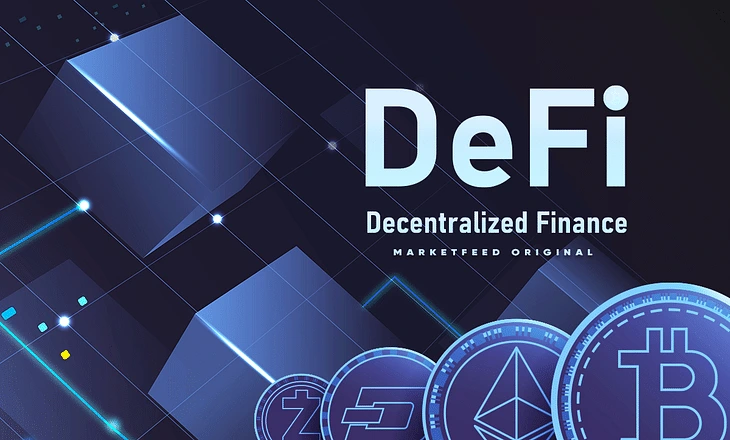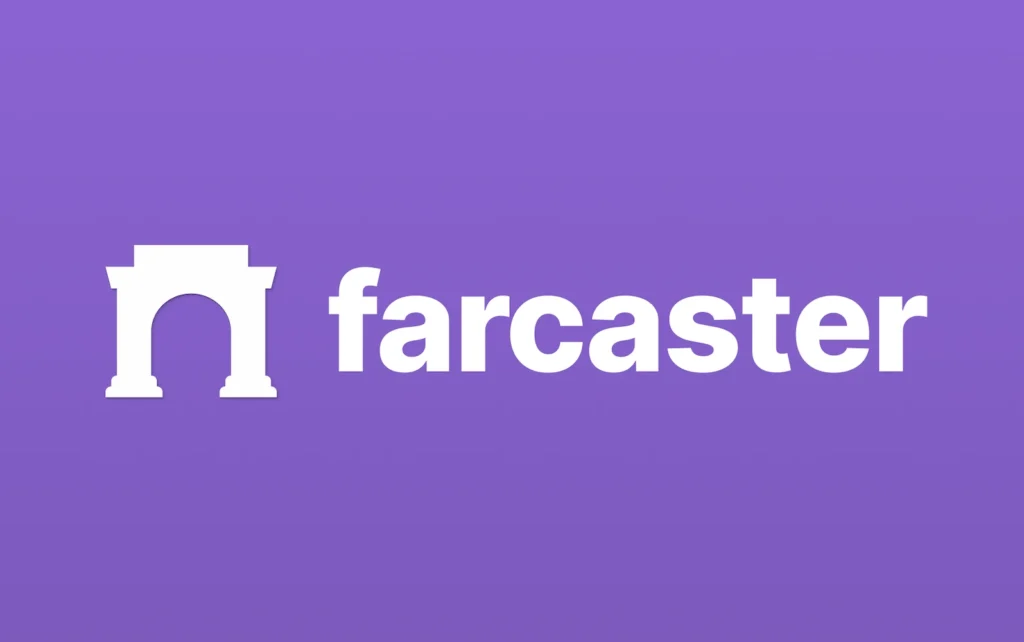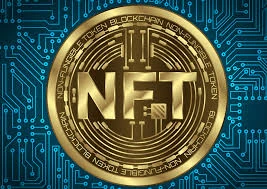Web3 isn’t just a buzzword—it’s an evolving tech stack rooted in decentralized protocols, cryptographic primitives, and programmable value exchange. In this breakdown, we look at five sectors being re-architected by Web3 future industries’ technologies, examining the protocols, infrastructure, and real-world experimentation already underway.
1. Decentralized Finance (DeFi) in Web3 Future Industries: Rebuilding Financial Rails
Core Tech Stack:
- Smart contracts (primarily on Ethereum, Solana, Avalanche)
- Liquidity pools (e.g., Uniswap AMM model)
- Oracles (Chainlink, API3)
- Token standards (ERC-20, ERC-4626 for yield-bearing vaults)
DeFi platforms remove intermediaries by executing financial operations (lending, trading, insurance) via autonomous smart contracts. Lending platforms like Aave use collateralized debt positions, algorithmically adjusting interest rates based on protocol liquidity. Insurance protocols like Nexus Mutual trigger payouts via oracle-fed events.
Challenges:
- Regulatory ambiguity (e.g., SEC scrutiny)
- Security (flash loan attacks, smart contract bugs)
- Usability for non-technical users


2. Web3 Future Industries in Healthcare: Sovereign Data Layers
Core Tech Stack:
- Self-sovereign identity (SSI) (e.g., uPort, Ceramic Network)
- Decentralized storage (IPFS, Arweave)
- Tokenized incentives (utility tokens for data sharing)
- Privacy-preserving computation (zero-knowledge proofs, homomorphic encryption)
Web3 healthcare initiatives enable patient-controlled data through on-chain identity authentication and decentralized storage. Projects like HealthBlocks integrate wearable health data onto public chains, while Molecule tokenizes IP and biomedical R&D to enable decentralized science (DeSci).
Potential Impact:
- Improved interoperability across health systems
- Research democratization via token incentives
- Enhanced data sovereignty and privacy


3. Decentralized Social Media: Protocol Over Platform
Core Tech Stack:
- Decentralized identity (DID) systems
- Content-addressable storage (IPFS, Arweave)
- Open social graph protocols (Lens Protocol, Farcaster)
- Composability (interoperable frontends and plug-ins)
Unlike traditional apps with closed APIs and opaque algorithms, Web3 social media leverages protocols that let users own their identity and content. Lens Protocol builds on Polygon to provide modular “follow,” “post,” and “collect” mechanics. Farcaster uses Ethereum for identity anchoring but operates a custom off-chain data layer for performance.
Trade-offs:
- Limited scalability without hybrid solutions
- Early-stage UX
- Fragmented network effects


4. Gaming and Digital Assets: Programmable Ownership
Core Tech Stack:
- NFT standards (ERC-721, ERC-1155)
- Layer-2 scaling (Immutable X, Ronin, zkSync)
- Interoperability protocols (EIP-4906 metadata update events)
- Game engines + Web3 SDKs (Unity + Moralis, Unreal Engine + Thirdweb)
Web3 gaming enables asset composability—game items, currencies, and identities live on-chain. Games like Illuvium use Immutable X for gasless NFT trading, while Big Time uses ERC-1155 for multi-instance, semi-fungible loot items. Star Atlas explores Solana’s high throughput to support real-time asset mechanics.
Outcomes:
- Secondary economies built on digital ownership
- Game asset liquidity across platforms
- Decentralized user-driven marketplaces


5. DAOs: Operating Systems for Decentralized Work
Core Tech Stack:
- Governance frameworks (Snapshot, Zodiac, Aragon)
- Multisig wallets (Gnosis Safe)
- Token-based or reputation-based voting models
- Coordination tooling (Coordinape, Discourse, DAOhaus)
DAOs coordinate work and capital using smart contracts and governance tokens. They operate on-chain treasuries managed by community votes. PleasrDAO, for example, crowdsources funds to acquire culturally significant digital art. Others like VitaDAO invest in longevity research via tokenized grants.
Limitations:
- Voter apathy and low participation
- Coordination inefficiencies at scale
- Legal and jurisdictional uncertainty
Conclusion: Web3 Is a Stack, Not a Slogan
When viewed technically, Web3 is more than hype—it’s a layered shift toward composable, permissionless systems across traditionally centralized domains.
Each of these five industries is experimenting with core innovations:
- Trustless automation via smart contracts
- Identity and data sovereignty
- Native asset ownership
- Community governance
- Incentive-aligned participation
Mass adoption remains a challenge, but the building blocks are already in motion. Whether they form the foundation of a more open internet—or simply remain alternative systems—depends on how well these primitives scale, secure, and serve real-world needs.
Relevant Link : Here



